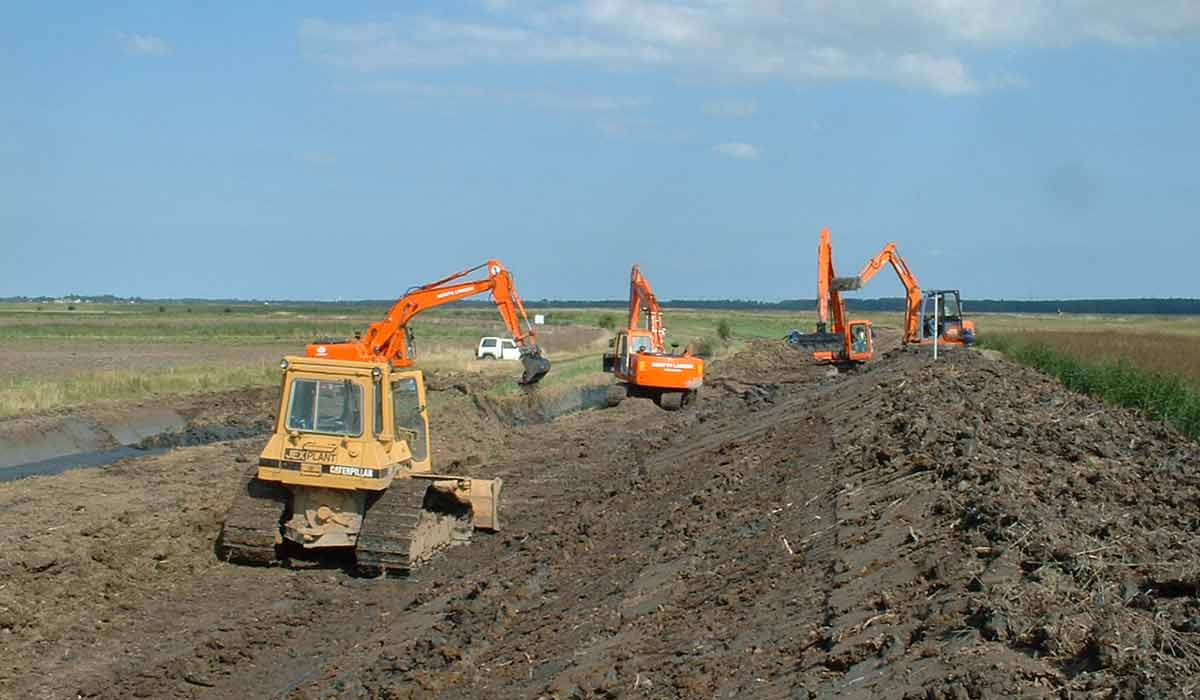For many centuries, the rivers of Broadland played an important role, transporting goods and equipment for trade and industry. Today, Broadland is still a busy area, although for different purposes. About fifty per cent of the land is used for traditional farming. The rivers continue to provide major inland navigation, which, together with the Broads, provide access to 125 miles of waterway. Recreation and tourism have become very important, with more than 7 million people visiting the whole Broads area each year (Broads Authority website). In response, the boat hire industry makes an important contribution to the local economy: a total of £584 million was generated within the local economy through visitor and tourism business expenditure.
The area’s attraction is closely linked to its diversity of landscapes and wetland habitats that give it a quality found nowhere else in the country. The area is internationally important for nature conservation: in 1988 the whole of Broadland was designated as having equivalent status to a National Park and, in 2015, the Broads received the official National Park grant. The Broads National Park is looked after by the Broads Authority, the local planning authority.
Being Norfolk a low lying coastal county, climate change and in particular sea level rise are among the major concerns for this tidally dominated site. In 2016, the Broads Authority produced a Climate Change Adaptation Plan, based on an in-depth analysis of the potential climate changes projected to occur in the Broads region. The projected changes were compared to the average observed climate from 1961 to 1990. The data used for the study concentrated on the high emission scenario (RCP8.5). The average monthly maximum temperature is expected to increase by 3.5 °C by 2080. The average monthly precipitation is projected to increase, on average, by 0.62 mm by the 2050s and 1.4 mm by the 2080s. The climate models are reasonably consistent with almost all showing wetter winters, and all but two showing drier summers. The precipitation increases in winter are projected to be on the order of 5-8 mm by the 2050s and 8-13 mm by the 2080s. At the same time, extreme events are expected to increase: both more intense precipitation over shorter periods and longer dry periods.
By the same year (2080s), projections estimate an absolute sea level increase of almost 40 cm compared to the baseline level of 1990 under the medium emissions scenario. Sea level rise will exacerbate storm surge events; water levels within the Broads will likely increase. Higher sea levels can hold back water trying to drain from the rivers, which can directly cause flooding.
The flood-banks (about 260 km) provide protection to approximately 30,000 ha of land that lies below sea level. All flood banks are subject to deterioration in condition. If not properly maintained and adapted to the new conditions, this phenomenon results in a reduction in the standard of defence provided, making them more susceptible to the impacts of floods.



